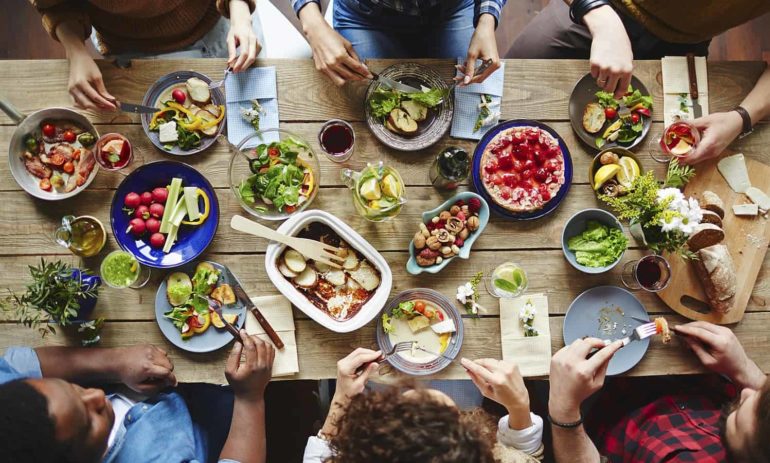In Brazil, one in two adults and one in three children are overweight or obese. With these numbers expected to increase in the coming years, Brazil’s Ministry of Health hopes to stem the rise with the Dietary Guidelines for the Brazilian Population, released last year. These guidelines matter since they act as the principle reference for communities, health professionals, and government for promoting proper eating. Instead of using scientific jargon and focusing on the specific nutrients, Brazil’s guidelines provide simple, common-sense advice, such as their golden rule, “Always prefer natural or minimally processed foods and freshly made dishes and meals to over-processed foods.”
The guidelines are designed to be part of a larger, intersectoral effort, involving improved public policies, the promotion of healthy environments, and targeted health services, to support the well-being of all Brazilians. The country faces a set of diverse needs—having relatively recently undergone a series of economic changes, it needs to address both undernutrition in some vulnerable communities and a growing overweight and obese population in others.
This effort to be inclusive was also reflected in the development process. After surveying diet patterns of more than 30,000 people, the Ministry of Health, in partnership with the University of Sao Paulo, held a series of workshops with representatives from health, social services, and community leaders to formulate an initial draft. The draft guidelines were then released to a public consultation platform, during which suggestions were made online and through a series of regional meetings.
“The comments from the food industry were very negative. They basically didn’t like anything. They said they would prefer the old guia. Why didn’t we use portions or serving sizes?” says Dr. Carlos Monteiro, a doctor based at the University of Sao Paulo, in an interview for Grist. “But there were even more comments from civil society. Many people, particularly people more linked to food insecurity, suggested we include that these minimally processed foods are also very good for the environment, for equity, and the fairness of the economic system. And we made this change…so the guide wasn’t supported by the industry, but there was a lot of support from other areas. That’s how politics works.”
The resulting food guide considers cultural, social, and environmental impacts and provides tools on how to deal with challenges such as food cost and finding time to cook. The following Ten Steps to Healthy Diets are easy tips that people are encouraged to consider when shopping, cooking, and eating:
1. Prepare meals from staple and fresh foods.
2. Use oils, fats, sugar, and salt in moderation.
3. Limit consumption of ready-to-consume food and drink products.
4. Eat regular meals, paying attention, and in appropriate environments.
5. Eat in company whenever possible.
6. Buy food at places that offer varieties of fresh foods. Avoid those that mainly sell products ready for consumption.
7. Develop, practice, share, and enjoy your skills in food preparation and cooking.
8. Plan your time to give meals and eating proper time and space.
9. When you eat out, choose restaurants that serve freshly made dishes and meals. Avoid fast food chains.
10. Be critical of the commercial advertisement of food products.
Find the Dietary Guidelines for the Brazi in full here.













